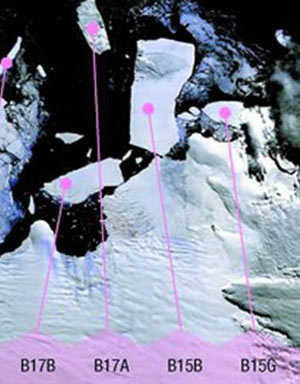A frog will try to jump out if it is dropped into hot water, however it will stay eventually cooked to death if it is put in a pot of cool water and gradually bring it to a boil. This story is a widespread anecdote, yet will we react like boiling frogs when come to confronting global warming?
Highly regarded scientific organizations worldwide have speculated that there is no longer any credible doubt about the environmental destruction of global warming. We are stoking global warming that may cause colossal damage to nature if, like the doomed frog, we ignore rising temperatures.
Based on the data from Natural Resources and Environment Ministry of Malaysia, our nation’s average temperature has risen by 1.1 degree Celsius in the past 50 years, consistent with the warming of global temperature. The ministry also showed that the sea level in our country is on the increase, at the rate of 1.25mm a year. These factors resulted in changes in the rainfall patterns thus causing more floods in our country.
Based on the climate modeling for the next 100 years, the temperature is expected to rise between 0.7 degree and 2.6 degrees Celsius. The changes are very crucial as the increase of 1-2 degrees Celsius would lead to 30% of flora and fauna to go extinct and threaten our survival.
Furthermore, the ministry stressed that warmer temperatures and greater moisture will favor extensions of the geographical range and season for vector organisms such as insects, rodents, and snails. This in turn might also increase the occurrence of vector-borne diseases such as cholera, malaria and dengue.
In another recent research, Malaysia scientists have discovered that climate change and air pollution are killing off the scent of flowers around the world. Some bees don’t seem to be pollinating flower seeds because of the missing scent trail of flowers. Flowers in colder climates are able to hold onto their essential oils longer, thus insects and bird are also reported as heading to the jungles where the weather is cooler, for their fair share of nectar.
Already we can see the changes of our environment and nature: storms are becoming fiercer and extreme weather conditions like cold becoming colder and hot becoming hotter. Will we stand by and watch while droughts, floods, and famine take over our country? Or will we deteriorate into territorial species struggling for power, land, and survival? It is matter of survival and it is solely up to the people of this generation to decide.
Now we’re like the frog in water slowly heated up to boiling that doesn’t know to escape. However, unlike the frogs, we have the ability, the knowledge, the technology, and the power to save ourselves and respond to global warming. We simply need to find the cohesive willingness to take action and not to contribute to global warming.




